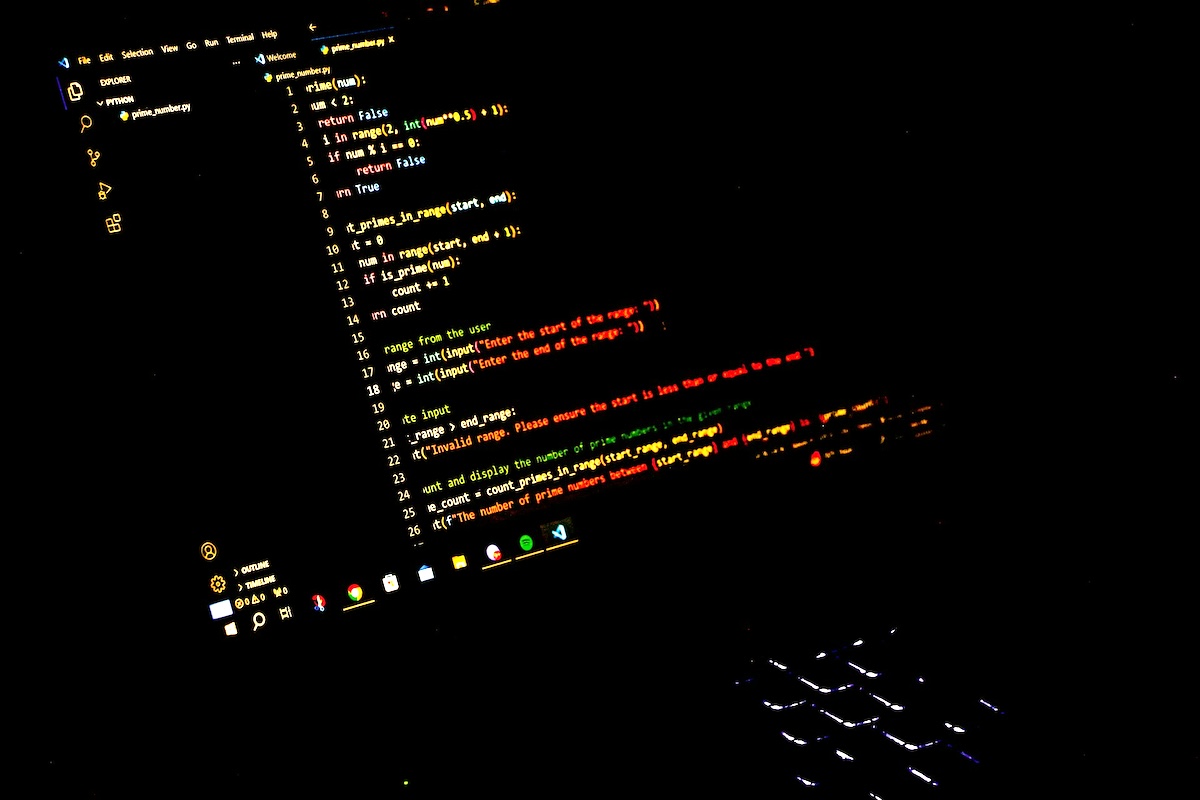Skift Take
In July, Skift Meetings reported that post-pandemic event attendance stalled at 65 percent, a stat that made waves in the industry. According to just-released data, we were correct and Freeman points out much else about attendees has changed.
Freeman’s ongoing industry research confirms what we reported in July — event attendance is hovering and holding at 65 percent.
It’s a complicated lens, explained Ken Holsinger, senior vice president of strategy at Freeman, adding that the difficulty in getting a true comparison to the industry now compared to 2019 is only exacerbated by the fact that many events and trade shows are off their regular schedule.
“Compared to 2019 numbers, we’re sitting at attendance of about 64 percent blended average of professionals and exhibit staff,” reported Holsinger.
The return pattern of exhibit staff is surprising. “In the fall, only 25 percent of exhibit staff had returned, but we saw those numbers up to the fifties (percent) by early spring,” said Holsinger.
This rebound has come back within what he considers a margin of error that is really the same, percentage-wise. “That’s a surprise. We thought that corporations would be more cautious with their staff coming back and they wouldn’t send as many staff members,” he explained.
However, attendees have not returned as quickly as staff. “It leveled off in the winter,” said Holsinger. A shift in audience is fueling this, he added.
Registration Numbers Are Not Attendance Numbers
One issue of contention is planners reporting registration instead of attendance numbers, explained Holsinger. “It’s even more important to look at registration numbers against attendance right now, as it is a struggle. We’re seeing more late cancellations than we saw previously, leading to that blended 64 percent attendance.”
Shifting values is also affecting event attendance. “We’re all weighing our travel and time away more than we did previously,” he said, pointing out that those events that sounded great in February, might not look as appealing when looking at life circumstances in May. “Things have changed.”
For this reason, many planners are concentrating their energy on attendees after they have registered. “This is the most important period of time for planners to focus on,” Holsinger explained, stressing that registration is just the first step and subsequent efforts need to be directed to helping potential attendees connect with others, including vendors, creating schedules, and ensuring they are apprised of any interesting last-minute updates. “This is critical to get them across the finish line — to actually show up to the event,” he stressed. “Don’t just get them across the line at registration. That’s the beginning of a new campaign if we’re looking at it in pure omnichannel marketing terms.”
Other factors contributing to the stalled attendance numbers are the increased number of attendees no longer in their former positions. Not only is the Great Resignation real, but so is the Great Retirement.
And these numbers are simply staggering. The U.S. Bureau of Labor Statistics reports that more than 50 million Americans quit their job in 2021, and for many who have resigned, they are now part of another trend — the Great Job Switch.
This all adds up to a major disconnect for potential attendee outreach. Not only have many email addresses changed, but in many cases, those targeted attendee lists are sending out emails to addresses and attendees that simply no longer exist.
For attendance to start trending upward again, event planners must employ a growth mindset, rather than one of recovery, and they’ll also need to employ some strategic initiatives to find and attract new attendees.
“It doesn’t take much research to show that the demographic and cultural shifts have created a whole new landscape,” said Holsinger. “That is a great opportunity for growth starting with your audience acquisition approach. Just think of all those people who changed jobs and are now in new positions, many also in new industries. What are you doing to reach them?”





